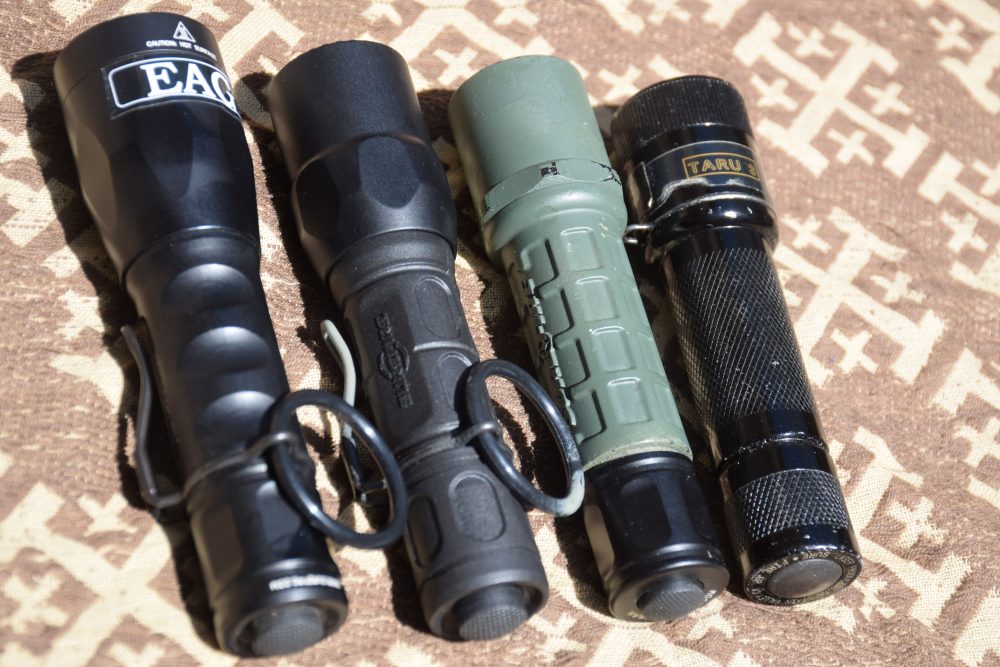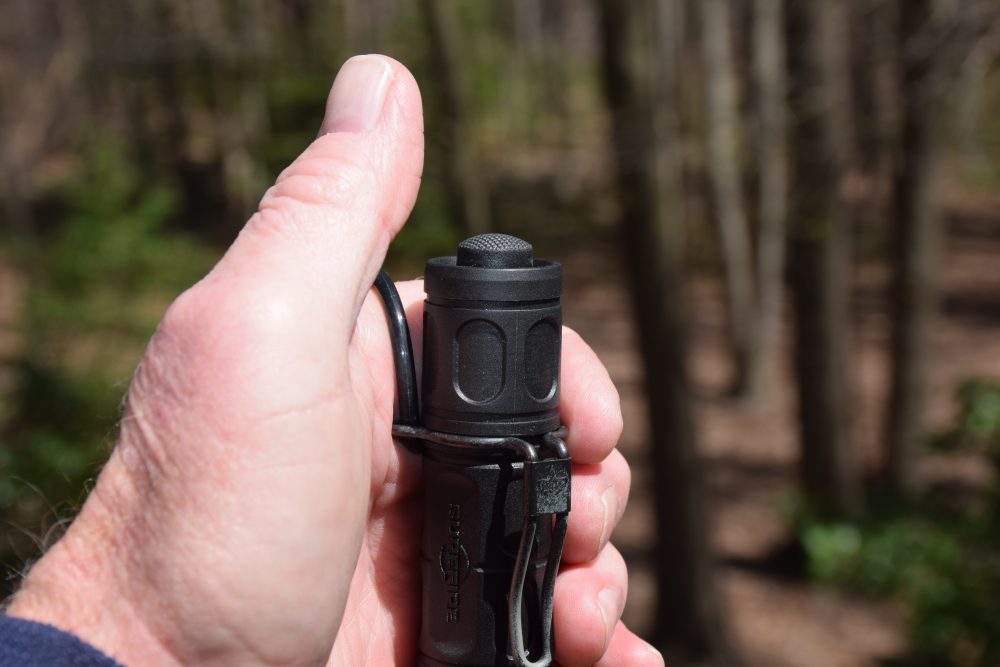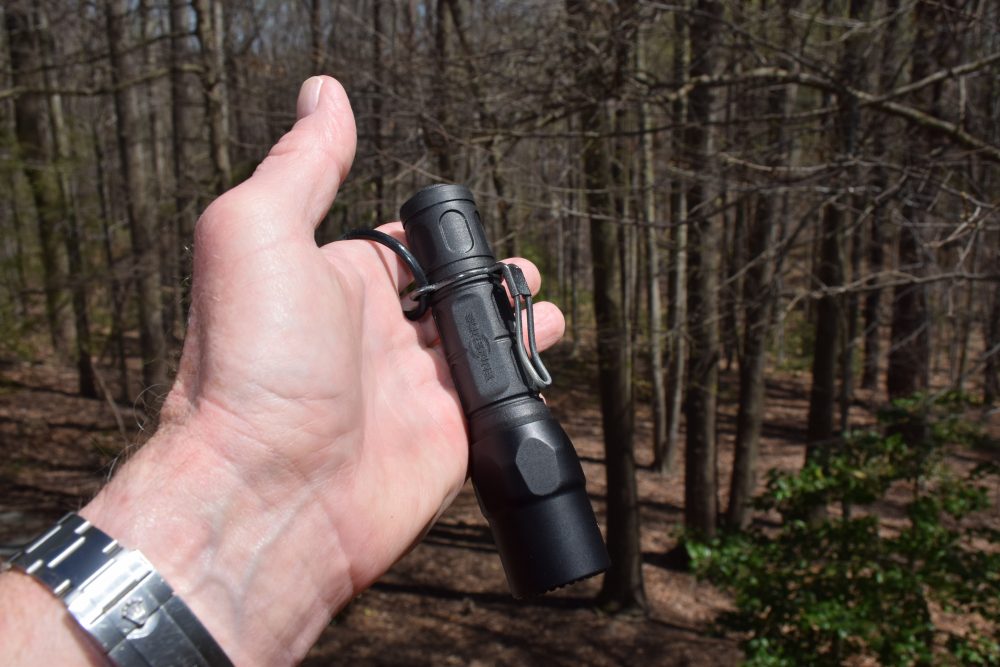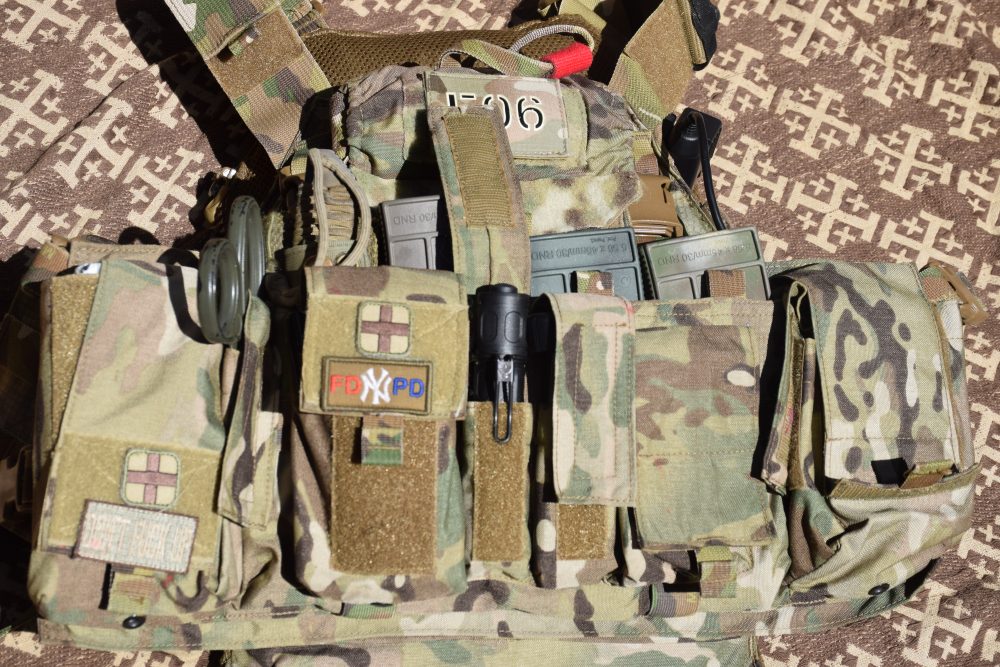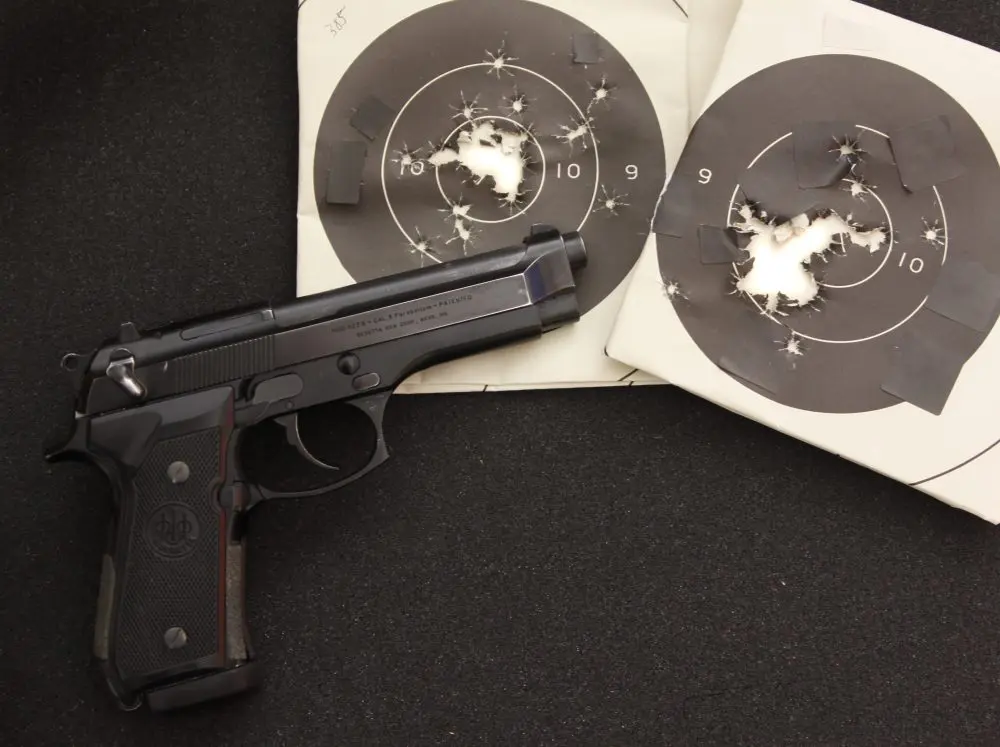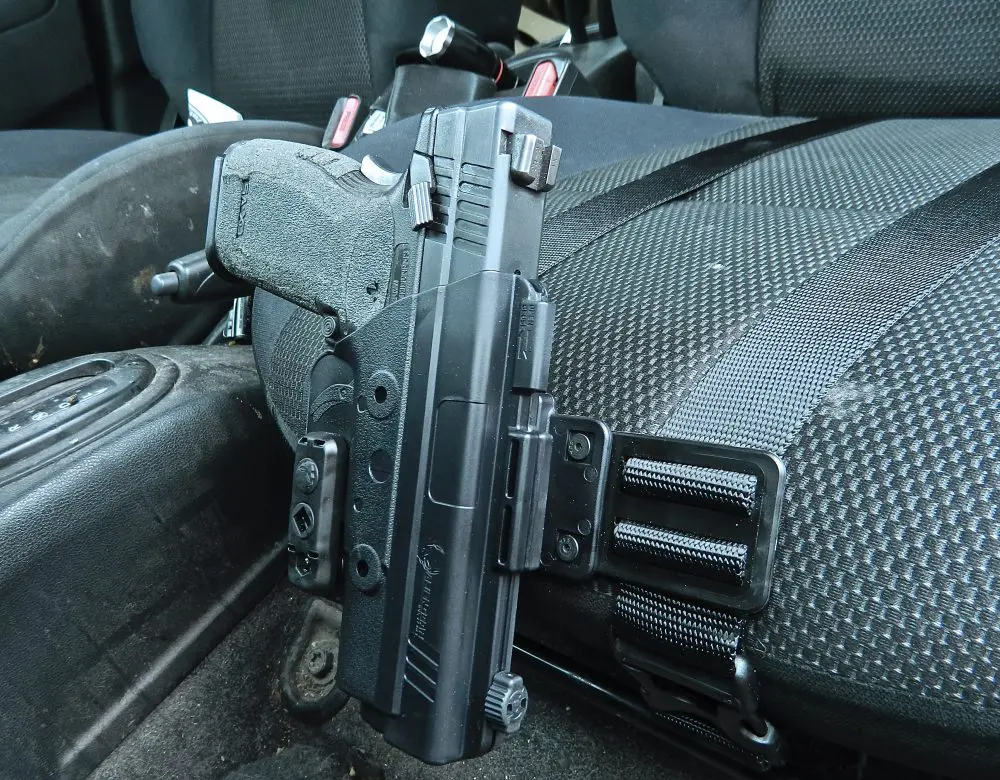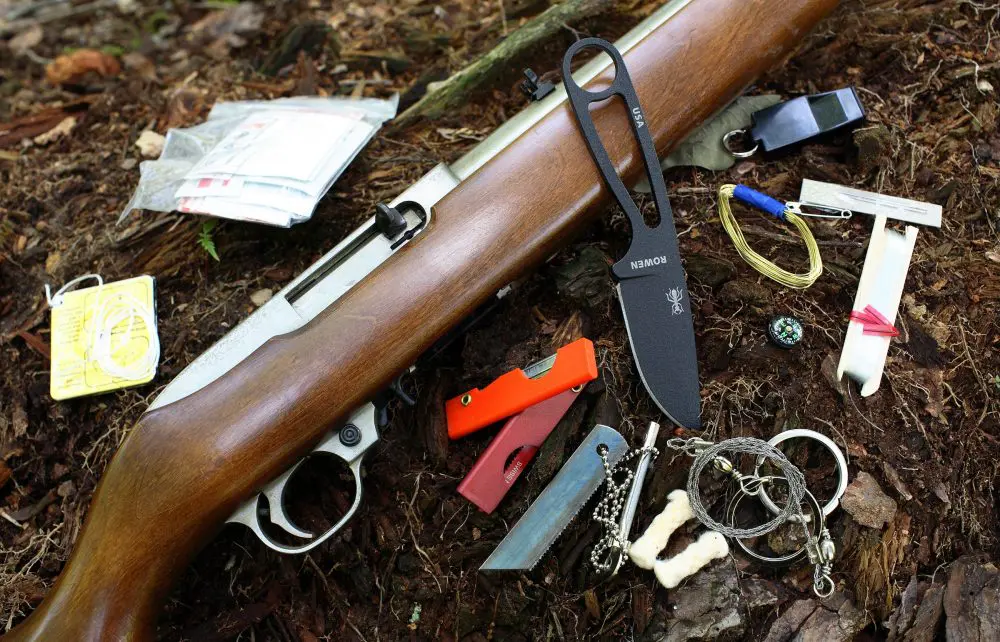Technology is impressive. The computers aboard Apollo 11, which went to the moon, had less processing power than a smartphone does now.
PCs are now replaced at the same intervals that some folks change their socks. And we have come to expect that this will happen in all aspects of our lives, and at an ever-increasing speed … except for the gun-related equipment world, where—for whatever reason—change is more evolutionary than revolutionary. Compared with many other industries, the firearms industry moves at the speed of an arthritic tortoise. But although movement may be slow compared to other facets of life, it is steady.
One of the areas where movement has been (relatively) swift is that of white lights. The need for light has been with us for eons. The original flashlights came about in 1896 and were, of course, crude. For a long time, flashlights, which were usually made of molded plastic or stamped sheet metal, were fragile and undependable. Dropping one would usually break the bulb, and dents would lead to frequent replacement of the flashlight. Inefficient C and D cell batteries leaked, and power ran down rapidly.
From left to right: P2X 500-lumen LED, G2X 320-lumen LED, G2 Nitrolon body, 6P 60-lumen incandescent light, circa 1986. The 6P was Rogers’ first SureFire light—and he still uses it.
Table of Contents
EARLY LIGHTS FOR LE
The Kel-Lite came onto the scene in 1973. Designed by a Los Angeles County Deputy Sheriff, it was made from heavy aluminum and available in various lengths. It was a good light for the times, very rugged, and had the added benefit of being an impact weapon.
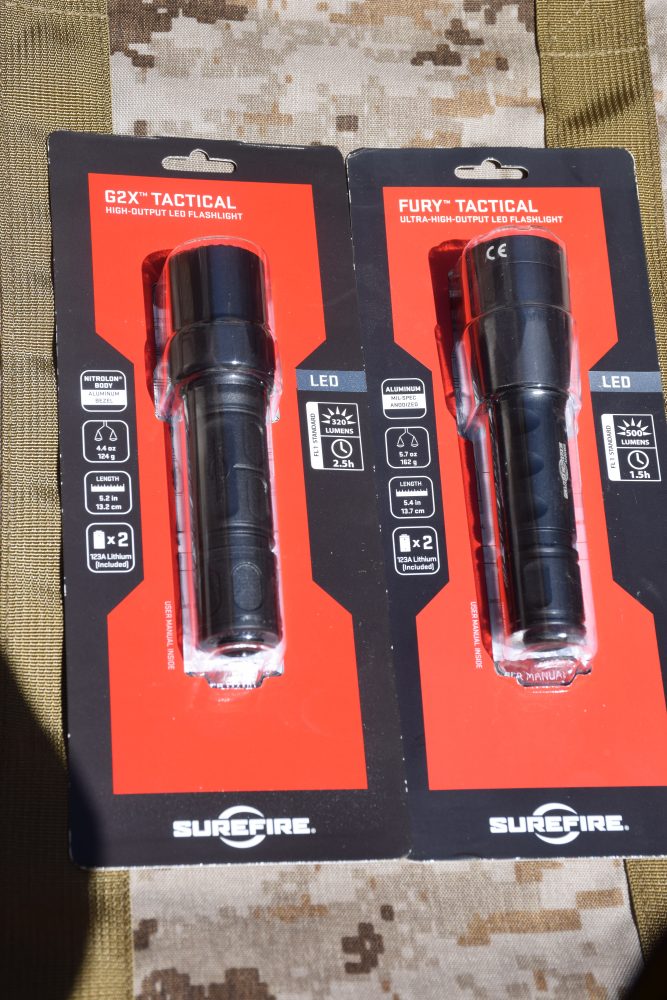
Kel-Lites and the competing Maglites were very popular with cops across the country. Having a dependable light (though the quality of the light was still dependent on inefficient batteries) that could double as a weapon meant that two necessary items could be carried in one hand.
When I was a young cop, the NYPD Firearms and Tactics Section recommended the carry and use of these lights for exactly that reason. Unfortunately, its efficiency led to their demise in New York City. Various groups (sometimes I believe crooks are unionized…) complained that its use as an impact weapon led to the use of unnecessary force.
News flash. For cops, force is either authorized or unauthorized. Force has to be applied consistently to meet the threat. NYPD—ever so politically correct—made a change. The Chief of Department worked out a drug deal (a dysphemism, no drugs were involved) with a well-established firm that donated one of their two D cell lights to every cop in NYPD—at that time about 35,000 cops. You know the type: a chrome body (actually a coated material with the consistency of aluminum foil) and a red plastic bezel.
Cops are cheap, but even the cheapest cop immediately gave that one to their wife to put in a kitchen drawer and stayed with what they had previously used.
THE LIGHT REVOLUTION
SureFire, which was then known as Laser Products, started the revolution in handheld lights circa 1986 with an aluminum-bodied light that was powered by two C123 lithium batteries and that put out (in advertising as well as word of mouth) a “blinding” 65 lumens of light.
This light used a P60 incandescent bulb and, like any bulb of that type, it was relatively fragile. This light, later called a 6P, was the genesis not only for the G and P series lights, but just about every other illumination tool SureFire has ever manufactured. Down the line, the 6P transmogrified into the G2, a similar light, but whose body was made with a proprietary glass-filled material called Nitrolon.
Raven Concealment Systems Pocket Clip. All of author’s one-inch lights have this, and he considers it indispensable.
Nitrolon makes for a stronger, lighter body and reduced manufacturing time and cost. It has nothing to do with the molded plastic bodies of previous lights. The G2 still used the P60 incandescent bulb, but the cost reduction made it more attractive to many.
This was a major step forward for SureFire, as they had always concentrated on sophisticated high-end illumination tools. A low-end light was a change in their philosophy, and it paid off. SureFire was relatively slow to get into the Light Emitting Diode (LED) business, but they eventually upgraded the light to the G2L, which had an LED emitter.
LEDs have many advantages over incandescent light sources, including lower energy consumption, longer lifetime, improved physical robustness, smaller size, and faster switching. The light they emit is very white compared to the incandescent bulb, which has a yellowish tint.
The G2L used a P60L LED emitter, which put out 80 lumens, a marginal increase over the G2, but also with a whiter light and more durable unit. It was also the start of SureFire’s acceptance of high-powered LEDs.
The success of the G2L spurred to market the KX4 head, which replaced the 80-lumen head on the G2L and gave it a boost to 120 lumens. This was another small step and, while it involved a separate head, it was twice as powerful as the original G2.
Ring on Raven Pocket Clip fits over your index finger, meaning you can use the hand for other functions without losing the light.
G2X A, B, C AND D
Which leads us to the reason for this article. The G2X is actually four different lights. The G2X A and B models are 200 lumens. The A model has a single-function tail cap, while the B model has a dual capability of 15 and 200 lumens. The G2X C and D models have a maximum output of 320 lumens, with the G2X C (Tactical) having a single-function tail cap and the D (Pro Model) with a dual function switch with 15 and 320 lumens.
The best part about it? If you shop smart, you can get the G2X for just under $50. That is about the same price as the original G2, but with a lot more light.
Why do we need “that much” light? Won’t that “blind” me if I am in a white painted room? What if I splash the light up close? Having used a 6P in the day, we believed then that 60 lumens was truly a miracle when compared to what else was out there. It wasn’t until we started to see lights that exceeded 60 lumens that we realized that not only was more light better, but that 60 lumens was nowhere near as good as we believed it to be.
After doing this for a few decades, and running lights from 60 to 1,500 lumens inside and outside of structures, with white walls (and blue and brown and black), I haven’t had anyone leave a structure with a white-tipped cane. You will not go blind, but yes, you can be distracted momentarily if hit with the beam—which is hopefully facing the threat.
Will it destroy your night vision? Sure will. And so will any other light. Think tactically: if you turn the light on once, odds are it will stay on or be turned on repeatedly after that. Without that white light, you may see someone, but can you identify him?
G2X fits in 9mm sized pocket on Rogers’ Velocity vest.
MISSIONS
What is the G2X Tactical good for? It is certainly designed as a handheld light and, while bigger than some aluminum-bodied lights, it is also less expensive.
Can it be used as a Weapon-Mounted Light (WML)? Absolutely. People have been using lights designated for handheld use as WMLs since the advent of the 6P. It may have been problematic when the incandescent bulb was in its prime, but the same could be said for the plethora of purpose-built WMLs. Yes, the WMLs did have a shock-isolated bezel to inhibit breakage, but with the influx of LEDs, that is less important.
I have run G2s, G2Ls, the G2 KX4 and 200-lumen G2X on my guns with excellent results. I now run only the PX3 (1,000 lumens) and PX2 (500 lumens) on guns I use and on loaner guns I provide for students whose guns may go down during one of my EAG Tactical classes.
Doctrinally, I like that amount of light for a number of reasons. However, some of those guns still have the G2L on them, as the cost of replacing them with a P2X/P3X can get prohibitive. Additionally, I require a good tertiary light on my armor, belt, jackets and so forth. I have replaced the tertiary P2Xs with the slightly smaller and lighter G2X. Those P2X lights will go on guns that are still sporting the G2L.
I do have one G2X on a student gun so I can collect some data from shoot house classes. While I like a minimum of 500 lumens on my guns, I want to see how the 320-lumen G2X works over the long term.
SUREFIRE, SURE THING
The G2X is by no means a revolutionary step upward. It is a very good 320-lumen white light that costs under $50—way off the one lumen = $1 equation that SureFire has been known for in the past.
I have been using mostly SureFire illumination tools for 29 years, so I have some experience with them. And I make no apologies for the fact that I use SureFire lights. The quality of the lights and the customer service provided make their use a no-brainer.
What you choose should not be based on initial price, but on best value. Determine your mission requirements, then get the very best gear that supports the mission.
Pat Rogers is a retired Chief Warrant Officer of Marines and a retired NYPD Sergeant. Pat is the owner of E.A.G. Inc., which provides services to governmental organizations and private citizens. He can be reached at [email protected].
SOURCES:
SureFire, LLC
(800) 828-8809
www.surefire.com
Raven Concealment
www.rcsgear.com
